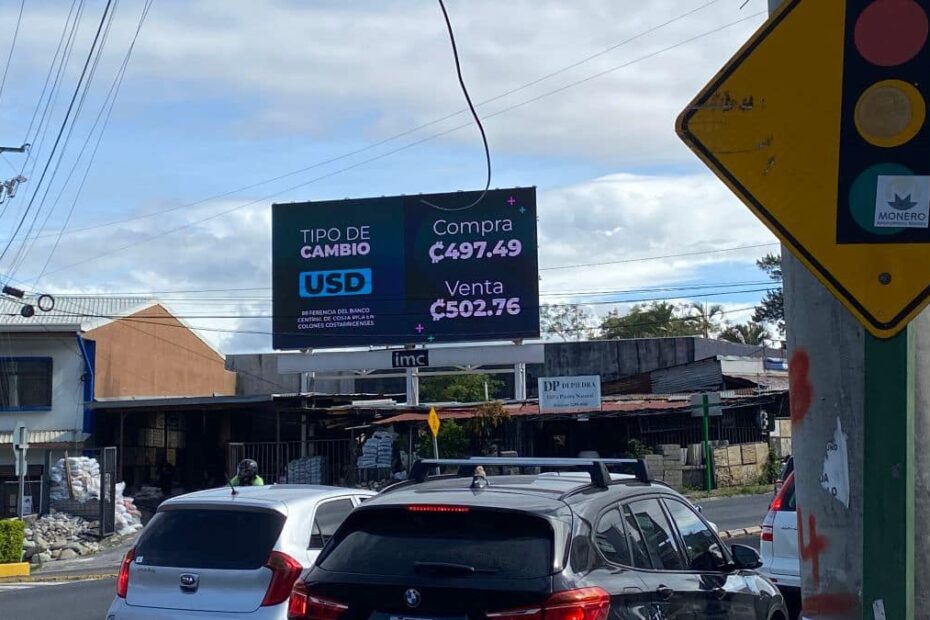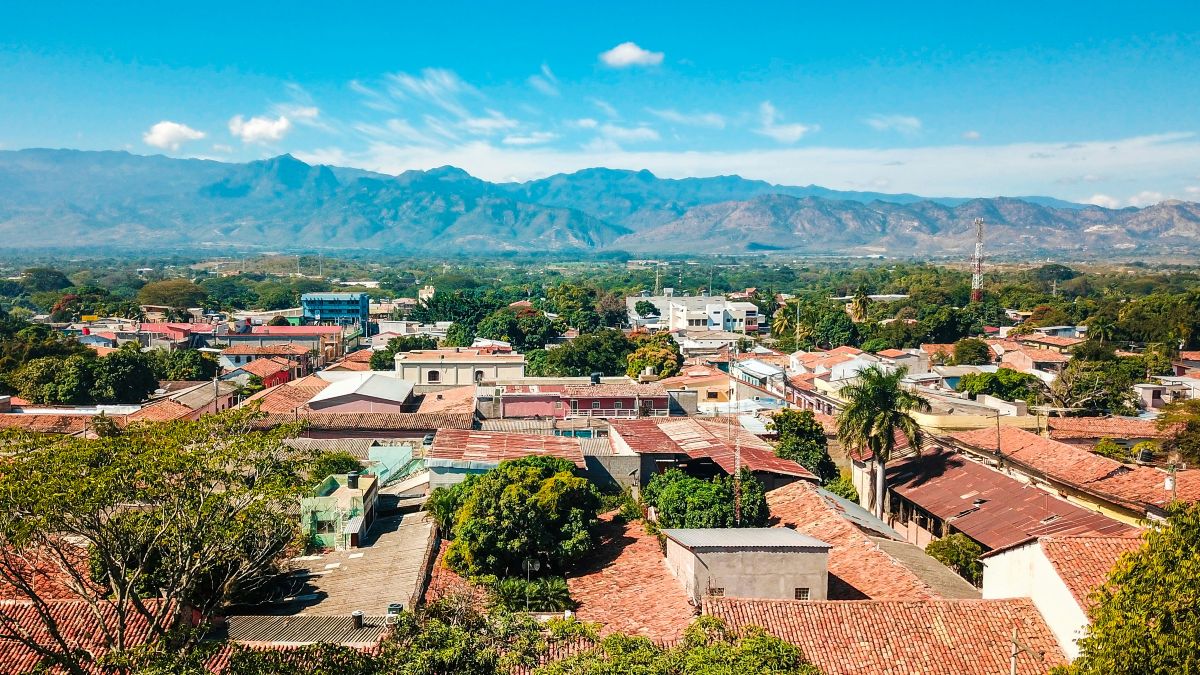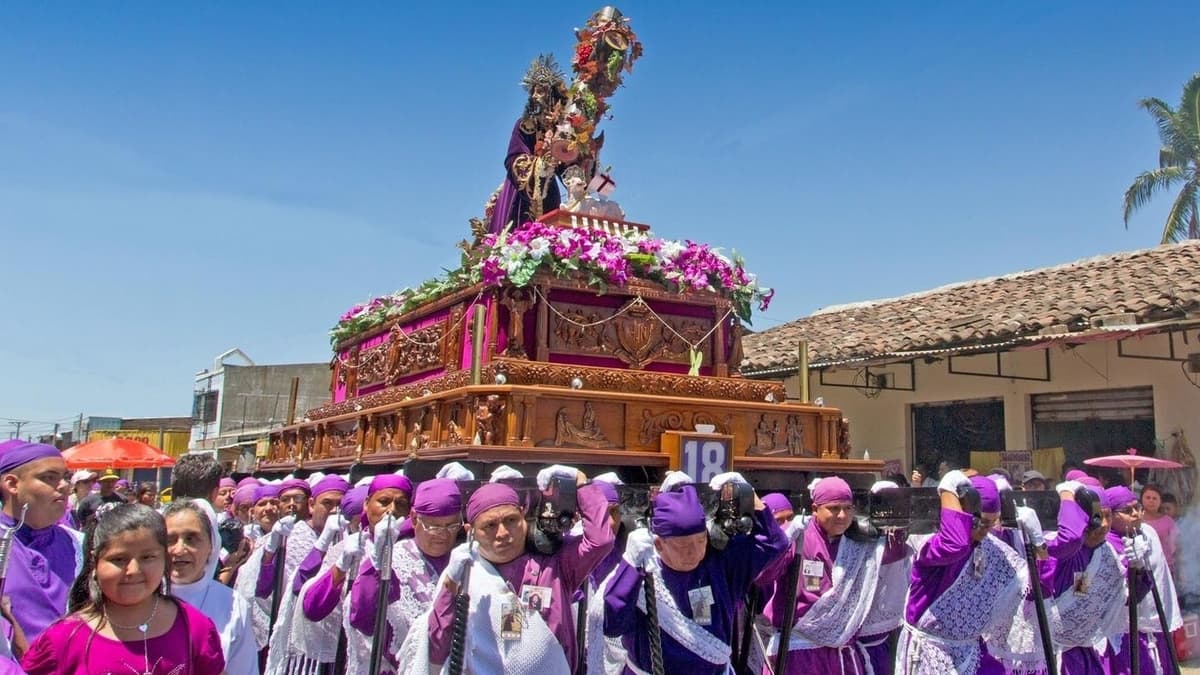Taking a look at how the ongoing strengthening of the Costa Rican colón against the dollar affects tourism, imports, and everyday life. Who wins and who loses?
Anyone who lives in, deals with, or travels to Costa Rica knows that the colón has grown stronger against the US dollar in recent years. The dollar’s worth has decreased considerably—going from over ₡600 in 2022 (June 2022 saw a high of 678 colones to the dollar) to just under ₡500 now. This represents a 15-20% reduction in the dollar’s value in the Land of Pura Vida.
Some commenters cheer the savings on imports and loans, while others lament lost business and jobs. Bottom line is, it’s a hot topic, splitting opinions on the strong colón’s impact. This article examines these ups and downs, weighing who wins, who loses, and what it means for Costa Rica.
Costa Rica’s dollar exchange rate drops to ₡499.90, lowest since ‘08. BCCR buys $17M to curb colón rise.
More: https://t.co/nUq6M4hhiW#costarica— The Tico Times (@TheTicoTimes) March 15, 2025
Key Factors Driving Appreciation
This current rise of the Costa Rican colón really began in the middle of 2022, shortly after that year’s election. Dollars began flooding in after the pandemic, initiating the colón’s current rise. Tourism boomed post-Covid with record visitors and agricultural exports remained strong. Foreign investors bet big on Costa Rica’s stability and green image, pouring cash into real estate and tech. All those dollars don’t just sit. Rather, they get swapped for colones to pay wages, taxes, bonuses, and so on. Here’s why that matters: when more dollars chase colones, the colón’s demand spikes.
With fewer colones available per dollar (since the supply of colones isn’t ballooning to match) the colón’s value rises, pushing the exchange rate down. The Central Bank takes a hands-off stance, intervening only to smooth big jolts, while President Rodrigo Chaves says he wants to protect some 800,000 Ticos with dollar loans. A weaker colón, back to ₡600, would increase, say, a $500 loan payment from ₡250,000 to ₡300,000, a “disaster” he’s avoiding. Let’s summarize the “why” below:
- Tourism Boom: Record visitors post-Covid flooded Costa Rica with dollars. Those dollars get swapped for colones to pay local bills, spiking colón demand and lifting its value.
- Strong Exports: Agricultural exports like coffee and pineapples kept dollars flowing in. They’re traded for colones, pushing the exchange rate down as demand outstrips supply.
- Foreign Investment: Investors poured cash into real estate and tech. This cash converts to colones and drives up the colón’s worth.
- Dollar Swaps: More dollars chase a steady colón supply for wages, taxes, and bonuses. This means each colón worth more.
- Central Bank Policy: A hands-off approach with rare interventions keeps colón supply tight. Dollar inflows naturally boost its value as a result.
- The Administration’s Stance: The Chaves administration says it wants to protect dollar-loan holders.
Pros of a Strong Costa Rican Colón
For a select few, the colón’s strength is a quiet win. People earning and spending in colones should find imports cheaper. The stronger colón brings measurable advantages for some, though not all feel the upside. For Costa Ricans earning and spending in colones, cheaper imports have kept inflation low, dropping to 0.66% in 2023 and staying modest into 2025. For example, a $500 shipment that cost ₡300,000 two years ago now runs ₡250,000, easing pressure on daily goods.
As discussed above, those 800,000 people with dollar-denominated loans see real savings. In theory, colones should also stretch further abroad, with a $50 online purchase dropping from ₡30,000 to ₡25,000. Businesses importing materials benefit from lower dollar costs, though price hikes in colón-based services often eat into those savings. The currency’s stability also earned credit upgrades from S&P and Fitch in 2023, attracting tech firms, but most residents see little trickle-down from that boost.
Cons of a Strong Costa Rican Colón
Tourism, an industry that earns in dollars but spends in colones, is buckling under the strong colón. Operators used to make more when the dollar stretched further, but now their earnings shrink because every dollar buys fewer colones. At the same time, their costs have climbed sharply, all priced in colones that demand more dollars to cover. They’ve tried raising prices to keep up, but it’s backfiring. Tourism is way down this high season and while the bad exchange rate isn’t the only reason travelers are staying away, it’s certainly a factor when other destinations are so much less expensive.
“The Central Bank’s policy is pésima. This government’s screwing us and every productive sector,” one tourism pro vents online, blaming the colón for killing their edge. Another adds, “When it was ₡700, we thrived; at ₡500, I’m working twice as hard for less. Our purchasing power’s gutted.” Yet another says, “Groups who came year after year say they can’t handle these prices and I’ve got the emails to prove it,” while someone else sums up the situation with: “The increment in costs due to the colón’s appreciation transfers to the final price for the consumer, it’s had a brutal impact on operating costs.”
Dollar-earners in Costa Rica also feel it just as intensely. “Everything’s just more expensive,” a digital nomad says, the grind wearing them down. A foreign resident shares, “My daughter and her husband used to visit a few times a year, fishing at Los Sueños. Now prices are through the roof, so they’ve switched to Mexico, where it’s way cheaper.” Everyday expenses hurt too, with a resident remembering that a beer at a decent bar cost about ₡1,200 back in 2011 when the colón was last near ₡500; now it’s about ₡1,800, showing that prices keep climbing regardless of the exchange rate.
The agricultural sector also struggles as the colón lifts prices abroad. Coffee, bananas, and pineapples lose buyers to cheaper-currency rivals, while production costs soar, even with lower import tabs, due to transport challenges and inefficiencies. Rural and tourism jobs could thin out as profits fade, and Free Trade Zone firms could relocate, threatening investment.
Costa Rica’s tourism industry is seeing a 1.5% drop in visitors in 2025! Experts blame a strong exchange rate, airline seat cuts, and security concerns for the decline.
Will the country bounce back? Read more: https://t.co/otRxifQeNi#CostaRica #Tourism #TravelNews
— The Tico Times (@TheTicoTimes) March 14, 2025
Wrapping Up
The colón’s value has surged in recent years, reducing the dollar’s worth from almost ₡700 in 2022 to just below ₡500 now. This currency shift presents a complex economic reality with winners and losers across different sectors of the Costa Rican economy.
The stronger colón benefits those with dollar-denominated loans and helps control inflation through cheaper imports. But it creates serious challenges for tourism operators, dollar earners, and exporters who find themselves caught in a profit squeeze. Their ability to adapt to this new economic reality will likely determine their survival in the current market.
Looking ahead, the Central Bank’s continued hands-off approach suggests the strong colón may persist for some time. Businesses heavily involved in international trade or tourism might need to develop new strategies to maintain competitiveness. This could include focusing on higher-value offerings, targeting less price-sensitive markets, or finding ways to reduce colón-based operational costs.
The government has shown little appetite for intervention, with the administration indicating both limited concern about tourism impacts and limited ability to influence the Central Bank’s independent policies. This stance continues to frustrate many in the tourism sector who feel their concerns are being dismissed. Indeed, recently the tourism minister outright denied the issue had anything to do at all with lower tourism numbers, something many found infuriating.
Ultimately, Costa Rica faces the challenge that many successful economies encounter; currency appreciation often follows economic success but creates its own set of problems. How the country balances the benefits for some against the hardships for others will shape its economic landscape in the years ahead.



